
Taking a trip, whether it is for business or for pleasure, often involves encountering the sizable spread of a hotel breakfast buffet. With the wide array of options offered, it can be easy to become overwhelmed and unsure of what choices align with your health goals and what should be approached with caution. Let’s take a look at the dos and don’ts of hotel breakfast buffets, providing you with the travel tips you need to make wise culinary decisions while on the road.
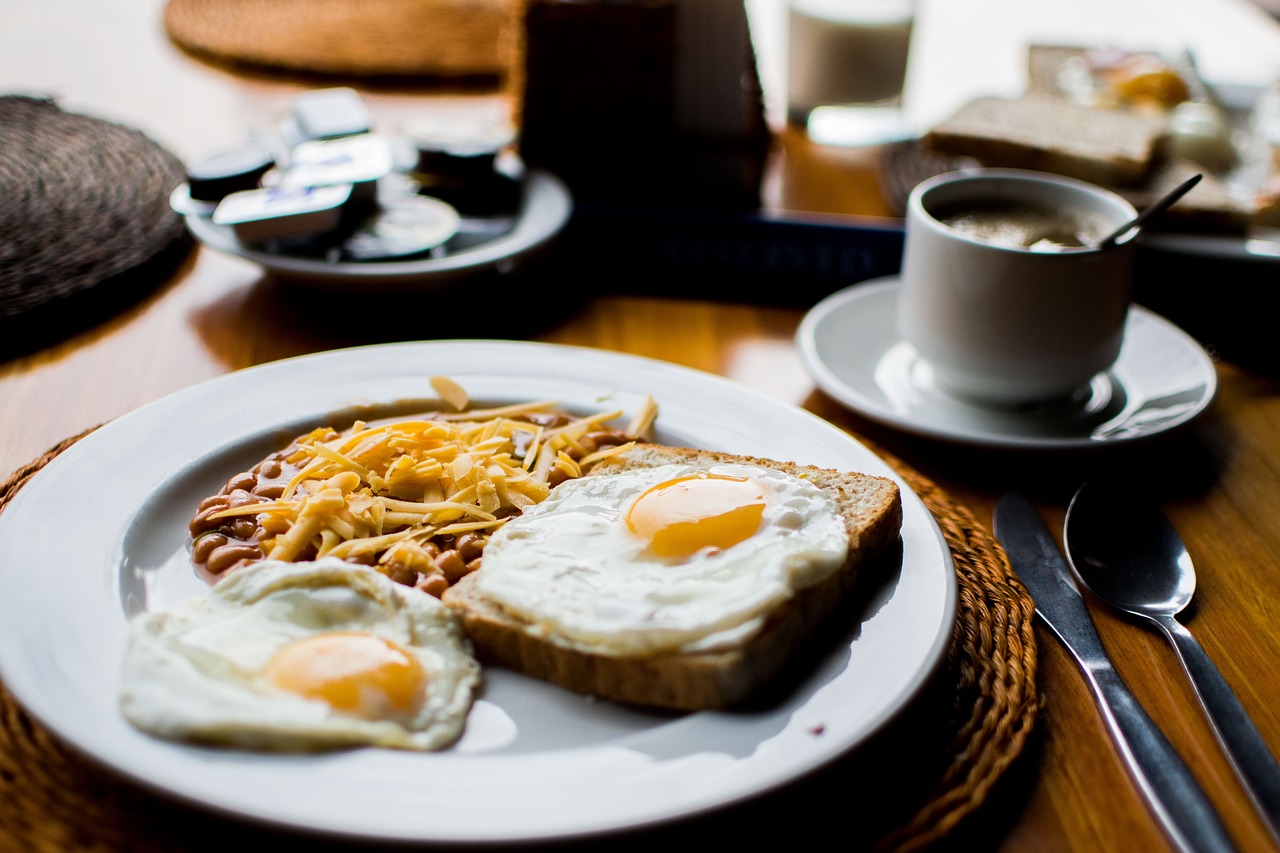
Hotel breakfast foods you should eat
When it comes to hotel breakfast, there are often dozens of options to choose from. But what should you add to your plate? If you see these foods on display at the breakfast buffet, grab them while you can.
Local food
If you are visiting a new place, the breakfast buffet is a great place to introduce yourself to some of the area’s popular regional dishes. By indulging in regional specialties, travelers can immerse themselves in the culture and flavors of the destination. Additionally, consuming local produce and ingredients often means fresher, more flavorful options, supporting your health and the local economy.
Croissants
Indulging in croissants at a hotel breakfast buffet offers a delightful start to the day, providing a flaky buttery treat that will surely leave you satisfied. Beyond the incredible taste, croissants can provide a quick source of energy due to their carbohydrate content, making them an excellent choice for fueling up before a busy day of exploring.
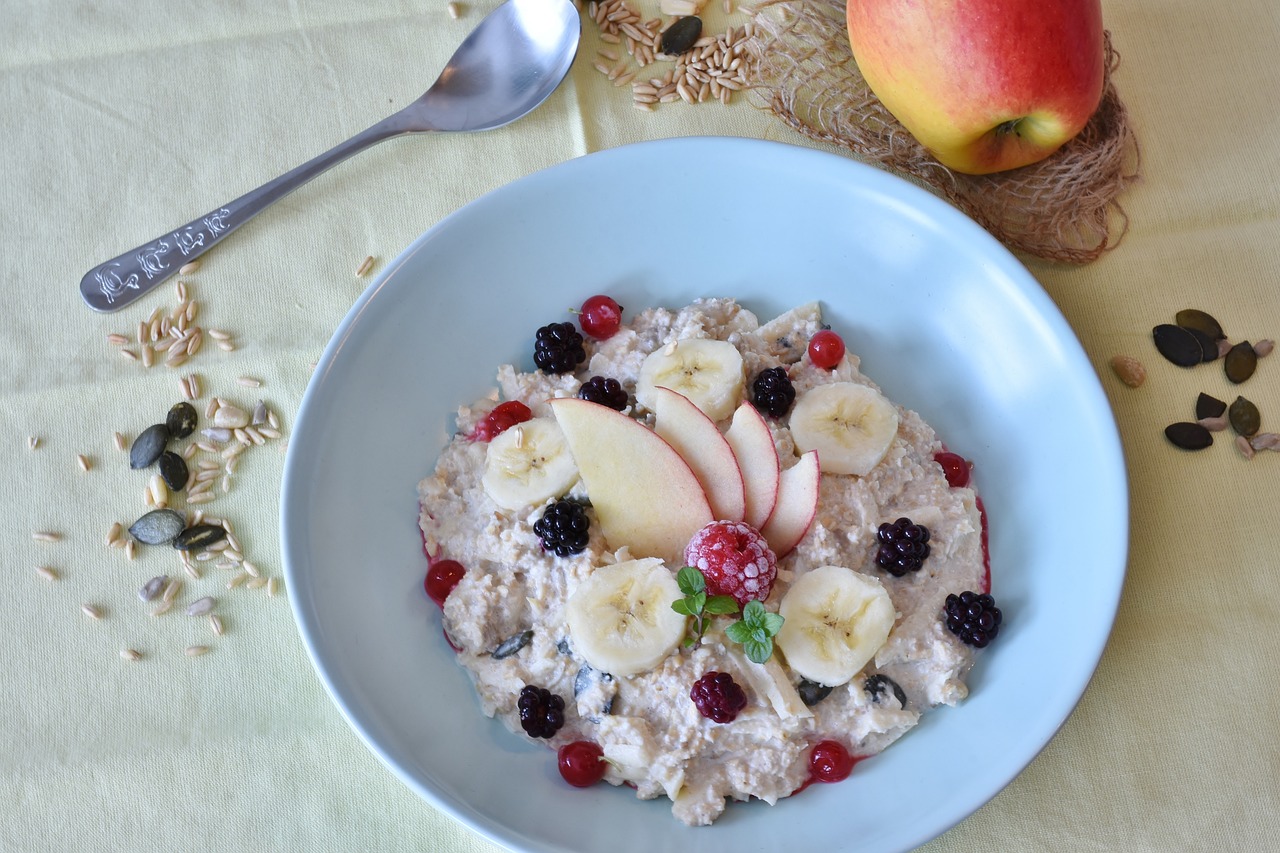
Oatmeal
Rich in fiber, oatmeal promotes digestive health and keeps you feeling full and satisfied throughout the morning, making it the perfect choice for those who may not get a chance to eat again until later in the day. Additionally, oats are packed with vitamins, minerals, and antioxidants, which support your overall well-being.
Hard-boiled eggs
Including hard-boiled eggs in your hotel breakfast buffet selection offers a protein-packed and nutrient-dense option that will keep you energized throughout the day. Eggs are rich in high-quality protein, making them an ideal choice for fueling up before a day of sightseeing or business meetings.
Omelet station
Choosing the omelet station at your hotel breakfast buffet offers a personalized and nutritious meal experience. Omelets are customizable, allowing you to personalize your meal to suit your taste preferences and dietary needs. Packed with protein from eggs and assorted fillings like veggies, cheese, and lean meats, omelets provide you with sustained energy to fuel your day’s activities. Also, the fresh ingredients used at the omelet station ensure that you won’t be eating food that has been sitting out for extended periods.
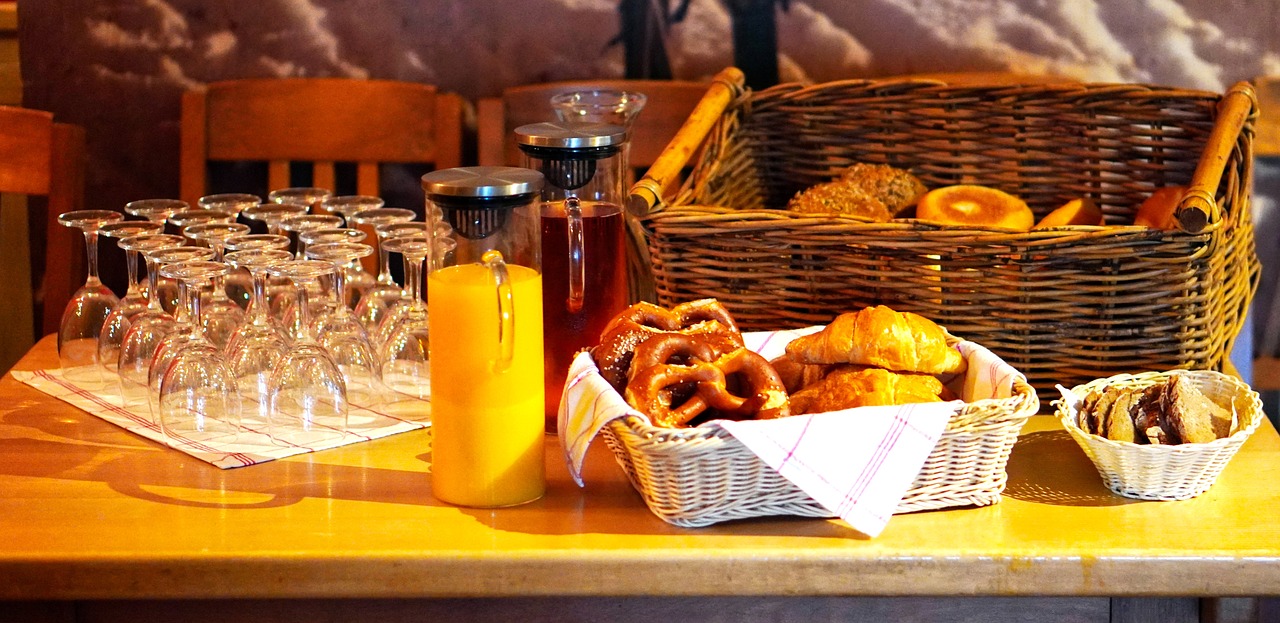
Hotel breakfast foods you should skip
When browsing the breakfast buffet, there are a few dishes you should skip out on. These are the hotel breakfast foods that you may want to consider leaving off of your plate.
Scrambled eggs
While scrambled eggs are one of the most common fixtures at hotel breakfast buffets, they may not always be the healthiest choice due to potential issues with freshness and preparation. Scrambled eggs can sometimes sit out for extended periods, leading to a loss of texture and flavor and potentially increasing the risk of bacterial contamination.
Sliced fruit
While sliced fruit may seem like a healthy option, there are factors that may make it less than ideal. If not stored and handled properly, sliced fruit can be a breeding ground for bacteria. This is especially common with sliced melon or fruit salads. If you really want fruit, opt for bananas, apples, or oranges that have not been sliced up.
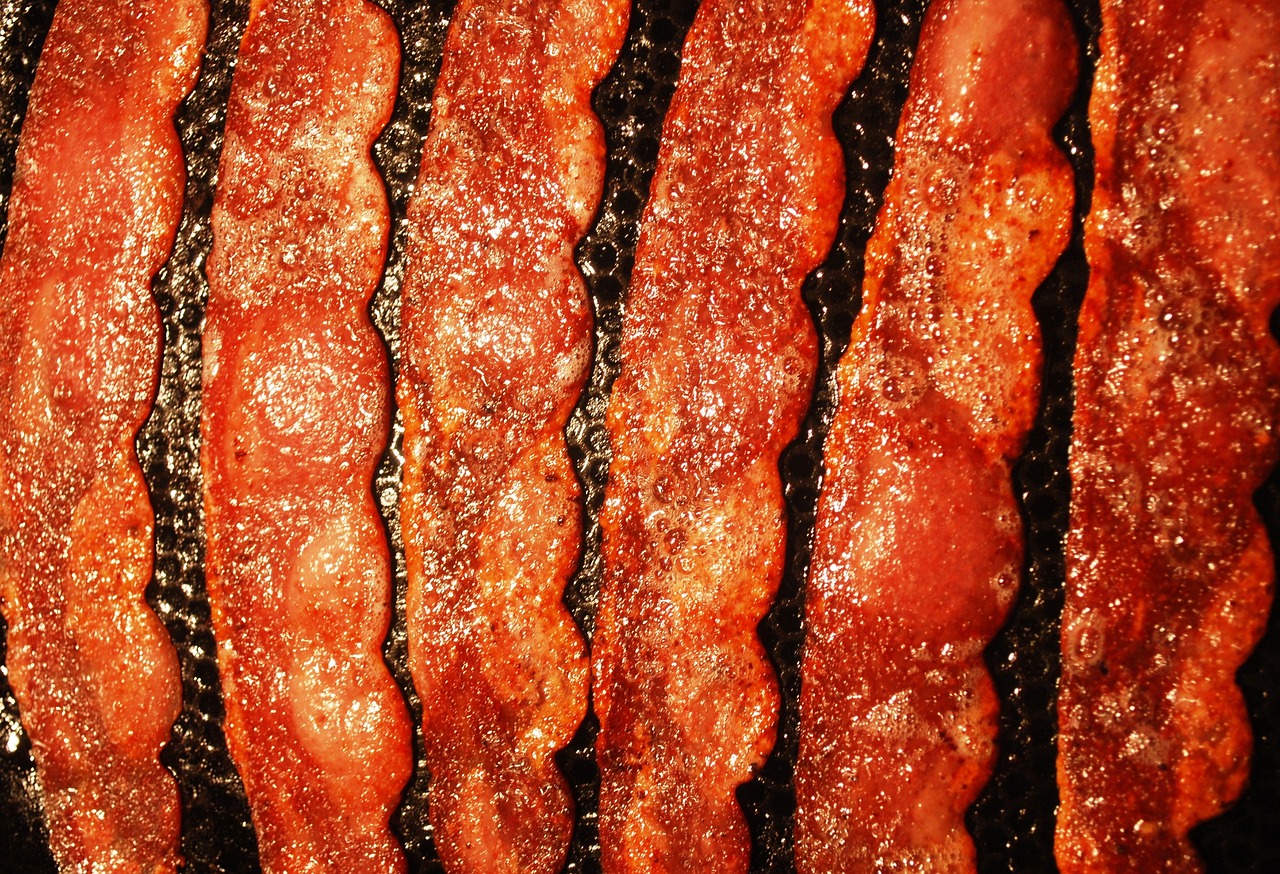
Breakfast meats
While breakfast meats like sausage and bacon are always tempting, they are typically high in saturated fats and sodium, which can contribute to health issues when consumed in excess. Additionally, the cooking methods used to prepare these meats, such as frying or grilling, can further increase their calorie and fat content.
Packaged pastries
Although they are convenient, packaged pastries often lack the nutritional value of freshly prepared options and may not be the healthiest choice at the breakfast buffet. Packaged pastries often contain high amounts of refined sugars, unhealthy fats, and preservatives. Opting for freshly baked or whole grain options can provide you with more nutrients for your busy day ahead.
Condiments from a pump
Using condiments from a pump may pose hygiene and safety concerns. These pumps are often shared by multiple guests and may not be regularly cleaned or sanitized, increasing the risk of contamination and the spread of germs. It’s advisable to opt for single-serve condiment packets whenever possible.
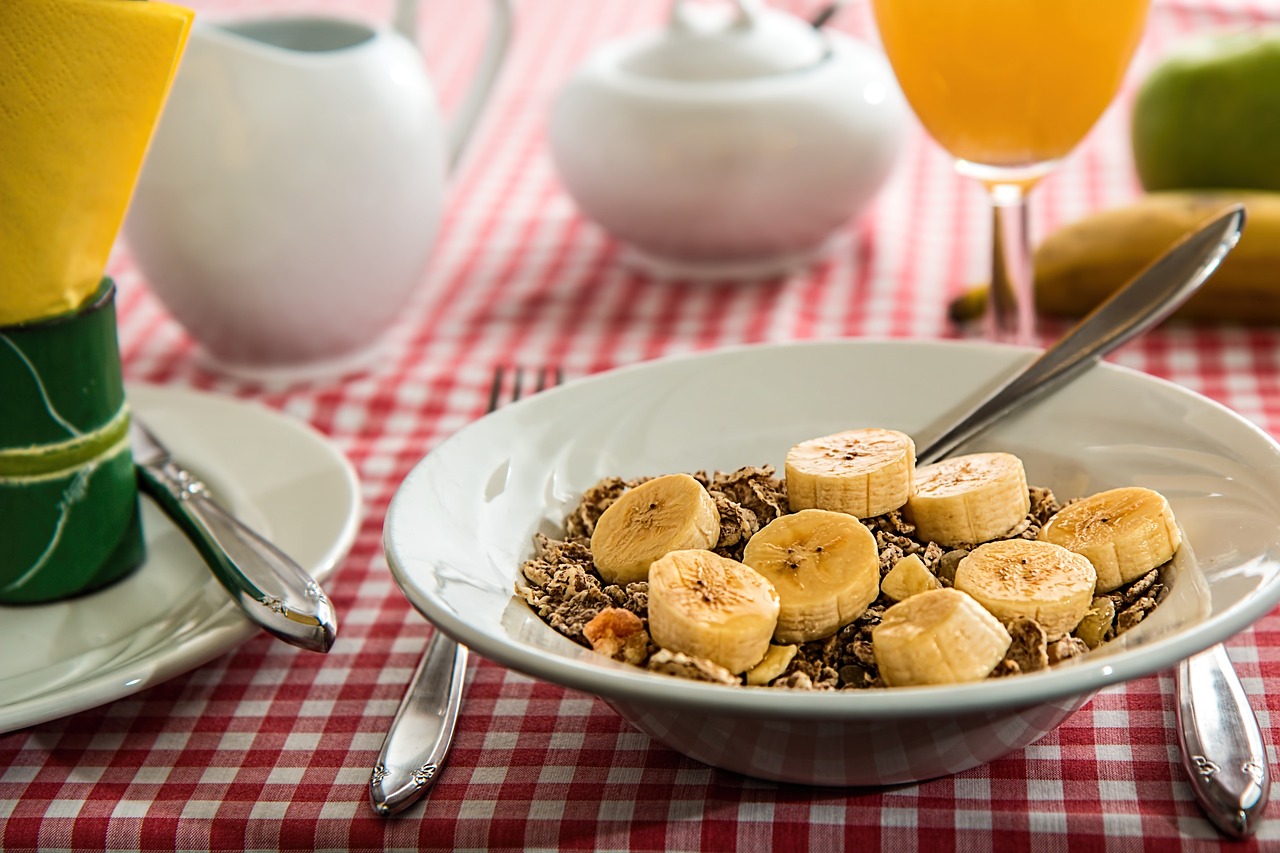
Master your breakfast buffet strategy
Mastering your hotel breakfast buffet strategy involves a combination of mindfulness, planning, and balance. Make sure you scan the buffet options before diving in, taking note of the healthier and safer options mentioned above. If you want to indulge in any of the items, we recommend skipping, paying attention to how the items are presented, and avoiding any items that appear old or improperly stored.



